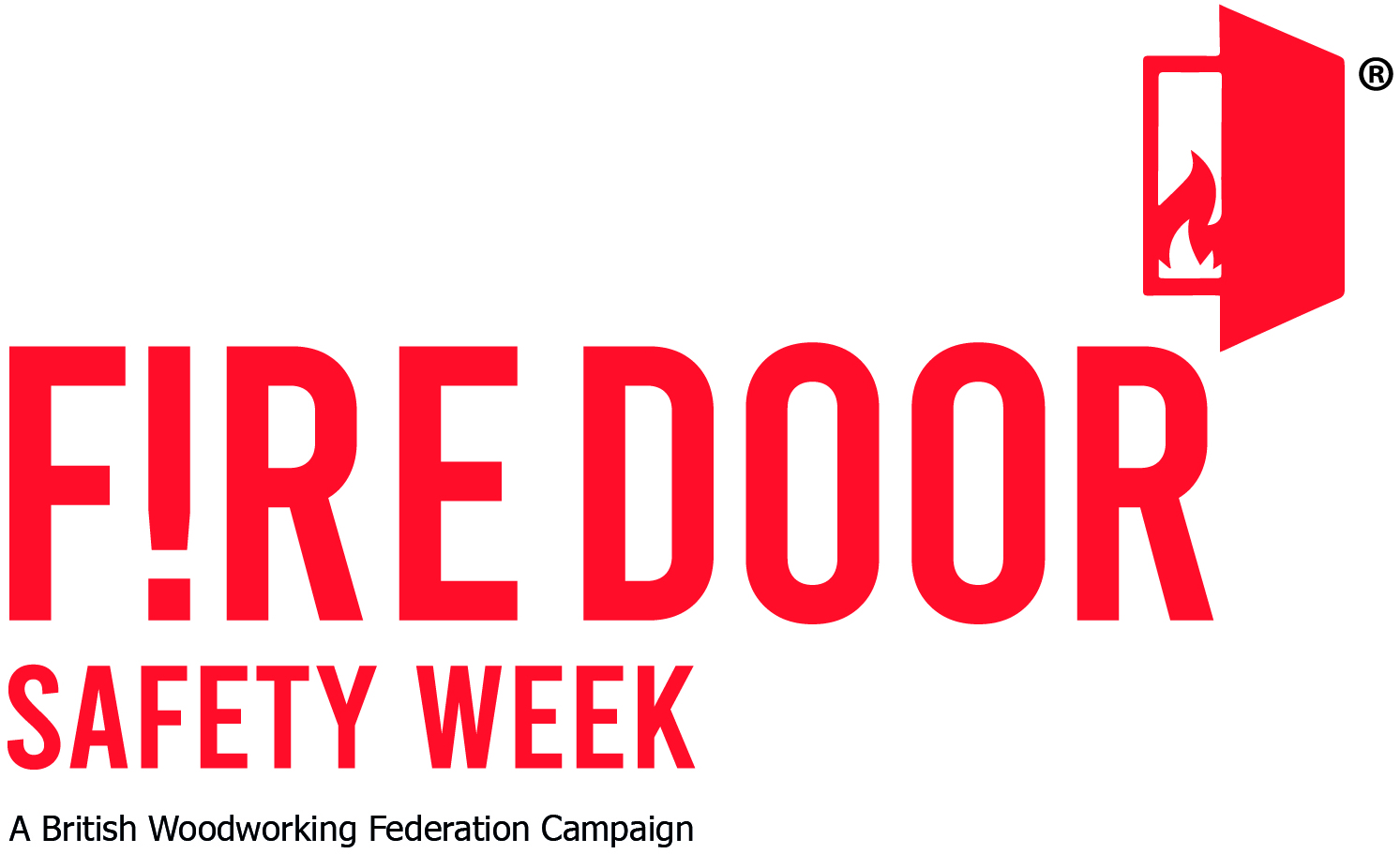What is your responsibility?
- Hospital and Healthcare Management have a responsibility under the Regulatory Reform (Fire Safety) Order 2005 (FSO) to ensure that employees and users of their patients are safe.
- Facilities should have a fire risk assessment and nominate a “responsible person” who has legal responsibility under the FSO and can be criminally prosecuted if they do not fulfil their duties. This covers a requirement upon the Responsible Person to demonstrate that in the event of danger, it must be possible for persons to evacuate the premises as quickly and safely as possible.
- The state of Fire Doors falls within this responsibility and is given specific reference in the FSO. These can be harsh environments for doors, with high footfall and fast flow, so regular inspections are key!
Why is a Fire Door Important?
- A fire door ensures that should a fire break out, it can be contained in a “compartment”. This keeps the fire and smoke trapped for a defined period, allowing time for people to get out/to be rescued and make the fire easier to tackle.
- It will not fulfil this function if damaged or propped open.
How to identify a fire door
- Signs that might indicate a fire door include things like a blue ‘Fire Door’ or ‘Keep Closed’ sign, door closers, intumescent or smoke seals around the edge of the door or the frame.
- All fire doors are fire rated. Some are FD30 (providing 30 minute protection), FD60 (60 minute protection) or higher. There is usually a certification mark (a label or plug) on top of the door if it is a Fire Door – you can find out more in the Best Practice Guide published by the BWF Fire Door Alliance.
How to inspect and maintain a fire door
- Fire doors should be checked regularly, and the more they’re used the more frequently they should be checked.
- Anyone can spot a dodgy fire door (do the 5 Step Check today). But if you have legal responsibility for fire safety, call in a professional.
- Create a fire door maintenance checklist and schedule, and check all doors in your building. Ensure that a regular inspection protocol is put in place due to high footfall, meaning frequency of use.
- Only ever replace damaged components with like-for-like. Check the fire certificate. A trained person should be responsible for this maintenance work.
How to buy good quality fire doors
- You’ll find lots of advice on specifying and buying high quality, third-party certificated fire doors and doorsets from the BWF Fire Door Alliance knowledge centre.
- Always use a reputable and competent supplier – many people claim to make fire doors, but only some have got a properly tested product that is proved to work in a fire.
- Ask whether the product has been fire tested and demand to see the documentation that proves it (e.g. fire certificate or label).
- It’s not just the door itself that matters. The frame and ironmongery is just as important – they all work together. Only buy exact compatible hardware and components.
- Always ask for installation instructions and follow them to the letter.
- Saving a few quid on fire doors isn’t worth it. Consider the cost of damage and loss of life if a fire breaks out. Stick to the specification at all times.
